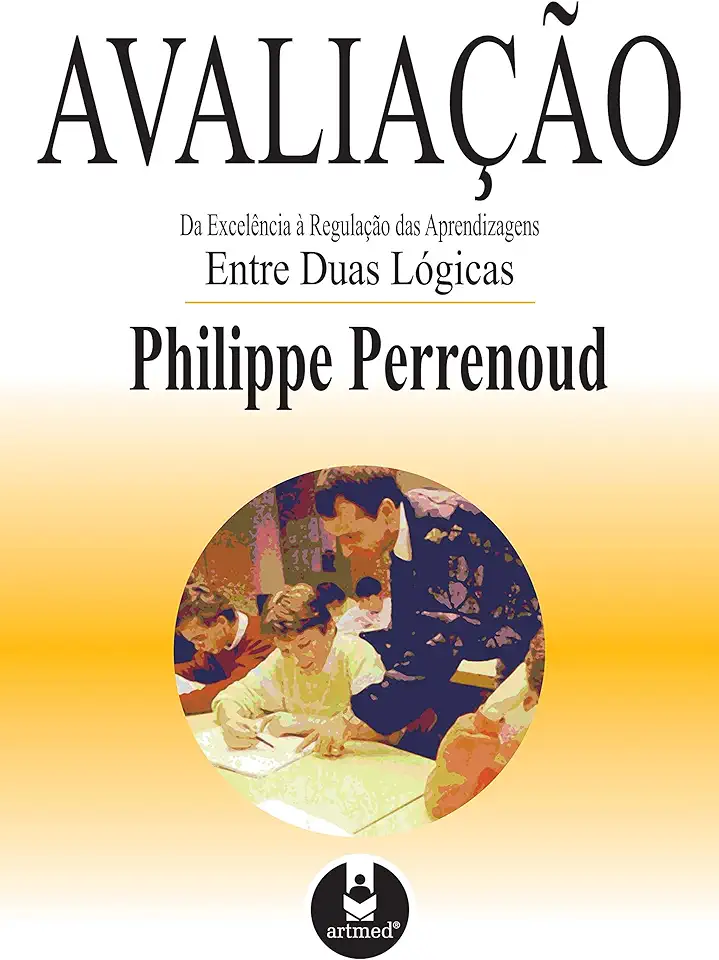
Assessment - Philippe Perrenoud
Assessment: A Comprehensive Guide to Educational Assessment and Evaluation
Introduction
In today's rapidly changing educational landscape, assessment has become more critical than ever. It is no longer enough to simply measure student learning; we must also understand how students learn and how to best support their progress. Assessment is a powerful tool that can help us achieve these goals, but only if we use it effectively.
What is Assessment?
Assessment is the process of gathering and interpreting information about student learning. It can be used for a variety of purposes, including:
- Measuring student achievement: Assessment can help us determine what students know and can do. This information can be used to make decisions about instruction, curriculum, and placement.
- Identifying student needs: Assessment can help us identify students who are struggling and need additional support. This information can be used to develop targeted interventions that help students catch up.
- Promoting student learning: Assessment can help students learn by providing them with feedback on their progress. This feedback can help students identify areas where they need to improve and develop strategies for improvement.
Types of Assessment
There are many different types of assessments, each with its own strengths and weaknesses. Some of the most common types of assessments include:
- Formative assessment: Formative assessment is assessment that is used to provide feedback to students during the learning process. This type of assessment can help students identify areas where they need to improve and develop strategies for improvement.
- Summative assessment: Summative assessment is assessment that is used to measure student achievement at the end of a unit, course, or program. This type of assessment can be used to make decisions about grades, promotion, and placement.
- Diagnostic assessment: Diagnostic assessment is assessment that is used to identify students' strengths and weaknesses. This type of assessment can be used to develop targeted interventions that help students catch up.
- Performance assessment: Performance assessment is assessment that requires students to demonstrate their skills and knowledge by completing a task. This type of assessment can provide a more authentic measure of student learning than traditional paper-and-pencil tests.
Principles of Effective Assessment
There are a number of principles that can help us use assessment effectively. Some of the most important principles include:
- Assessment should be aligned with learning goals: Assessment should measure what students are expected to learn. This means that assessments should be based on the curriculum and learning standards.
- Assessment should be valid: Assessment should measure what it is intended to measure. This means that assessments should be developed using sound psychometric principles.
- Assessment should be reliable: Assessment should produce consistent results. This means that assessments should be administered and scored in a consistent manner.
- Assessment should be fair: Assessment should be fair to all students. This means that assessments should not discriminate against any particular group of students.
- Assessment should be useful: Assessment should provide information that can be used to make decisions about instruction, curriculum, and placement.
Conclusion
Assessment is a powerful tool that can help us improve student learning. By using assessment effectively, we can help students identify areas where they need to improve and develop strategies for improvement. We can also make better decisions about instruction, curriculum, and placement. In short, assessment is essential for improving education.
Call to Action
If you are interested in learning more about assessment, I encourage you to read my book, Assessment: A Comprehensive Guide to Educational Assessment and Evaluation. This book provides a comprehensive overview of the principles and practices of assessment. It is an essential resource for anyone who wants to use assessment effectively to improve student learning.